Full Guide To Chrysocolla vs. Turquoise (This Is The Difference)

Turquoise and chrysocolla can look incredibly similar, making it difficult to distinguish the difference between the two. In short, this is how you can determine the difference between them:
Chrysocolla and turquoise look similar, but chrysocolla generally has more color variations within a stone than turquoise, which has a consistent color throughout. Turquoise also has a higher density and hardness. There are also other (meta)physical differences.
Continue reading for a more comprehensive explanation of the differences between these stones.
Also Read: Amazonite vs. Turquoise – What’s The Difference?
Want more help or information? If you have any more questions after reading this blog post or want a personal answer for your specific situation, join the free Facebook group! We promise you’ll get an answer from either our team members or a community member.
Color
The two come in various colors ranging from blue to green colored hues. Chrysocolla stones are blue to greenish stones with black veining within the stone. This stone often has a lot of different color variations within it. On the other hand, turquoise is similar in color but has a more consistent turquoise color. It might have some streaks, but not as many as chrysocolla. Additionally, a turquoise’s value increases when it has little or no blemishes.
Pattern and Clarity
Good quality Chrysocolla (gem silica) is translucent, while other varieties may be opaque. The mineral’s luster varies from dull, vitreous, or earthy. Chrysocolla may be ductile or brittle, depending on its type. Turquoise may be completely opaque, which is the most common form, or slightly translucent. It may have some dark or light green/white veining. Turquoises have a waxy glassy luster.


Chemical Composition
Visually, these stones might look similar to an inexperienced eye, as they can be identical in color.
Chrysocolla is a hydrated copper silicate mineral, while turquoise is a hydrous phosphate of copper and aluminum. Chrysocolla is formed through the oxidation of copper, while turquoise is formed from the filtration of aqueous liquids through profoundly altered rocks.
Density
Chrysocolla is a less dense stone compared to a turquoise stone, making it one of the main ways to tell the difference between the two. A chrysocolla’s density is 2.0 to 2.4, while a turquoise will be 2.6 to 2.8 dense.
Hardness
Another distinctive difference between chrysocolla and turquoise is their hardness. Chrysocolla scores 2-7 on the Mohs Scale. The disparity is because the stone’s hardness depends on the amount of silica in the rock. However, generally, chrysocolla is a softer stone than turquoise, which scores 5-6 on the Mohs scale.
The most expensive chrysocolla variety is the gem silica, rated seven on the scale, making it harder and more stable for use in jewelry than turquoise. The stone’s hardness can be determined by performing a scratch test on the least visible part of the stone.
Care
Cleaning can be done using a soft cloth, mild soap, and warm water. Beware that to withstand water, a stone needs to be at least a 5 on the Mohs scale of hardness. If you know your chrysocolla is below that, or if you’re not sure, it might be best to avoid water.
Chrysocolla and turquoise may also receive enhancements like dye treatments to improve their color and a resin coat to enhance their durability. Turquoise might also be treated in other ways:
- Waxing and oiling for sheen
- Stability treatments – a layer of epoxy to enhance durability
Cleaning stones mechanically is one of the easiest ways to clean but not advisable for fractured stones.
If you are looking to cleanse your stones energetically, they can be cleansed under running water and then dried because they are porous. Again, be careful your stone isn’t too soft. Sound or smoke cleansing are alternative methods to cleanse the stones of negative energies.
After cleansing, recharge your stone by doing any of the following:
- Leave it on a quartz or selenite crystal to emit positive energies into the stone.
- Moonlight for radiant astral energies.
- Using the sunlight will restore the stone’s power.


Location
Most chrysocolla comes from Peru but can also be found in Colorado and Zaire. The most expensive type of turquoise is the sky-blue type found in Iran, and other turquoise deposits are found in New Mexico and Nevada.
Chrysocolla vs. Turquoise – Properties
Healing Properties
Before you continue reading, beware that crystals and gemstones are never a replacement for medical help. If you are experiencing issues, visit a doctor.
In terms of physical help, chrysocolla can help to regulate blood pressure, throat, and nervous-related issues. Chrysocolla can also help detox the lungs and fights infections, fever, and soothing stomach pains.
A turquoise stone also helps to detoxify and has anti-inflammatory properties. It also soothes mood swings and promotes calm in times of turmoil.
Metaphysical Properties
Below you’ll find a detailed explanation of the metaphysical differences of these stones per category. In a nutshell, chrysocolla is good for discouraging negative and limiting beliefs and cleanses and re-energizes all chakras. Turquoise is a healing stone that also helps to align chakras.
Chakra Association
We can assign stones to a chakra by looking at the color and properties.
- Root chakra (Muladhara)
The chakra represents our stability and security. The color representing the root chakra is black/red. The Muladhara chakra is located at the end of the spine.
- Sacral Chakra (Svadhisthana/ spleen)
The chakra represents our inner emotions and intelligence. The color representing the sacral chakra is orange and is located just below the navel.
- Solar Plexus Chakra (Manipura)
The chakra represents power and intellect. The Manipura chakra is located above the naval and is represented by yellow.
- Heart Chakra (Anahata)
The chakra represents our emotional state and empathy for ourselves and others. The Anahata chakra is represented by green and pink and is located in the heart area, and it is associated with the color green.
- Throat Chakra (Vishuddha)
The chakra is related to how we express ourselves and our feelings. The throat chakra is represented by blue and is located at the throat.
- Third Eye Chakra (Ajna)
The third eye chakra is our psychic abilities and spiritual awareness. The color representing this chakra is indigo. Our Ajna is located at the middle part of the forehead.
- Crown Chakra (Sahasrara)
The crown chakra is a link to the spiritual realm and governs intuition. Activated crown chakras will enable you to get messages from the divine realms. The Sahasrara chakra is located at the tip of the head and is represented by violet.
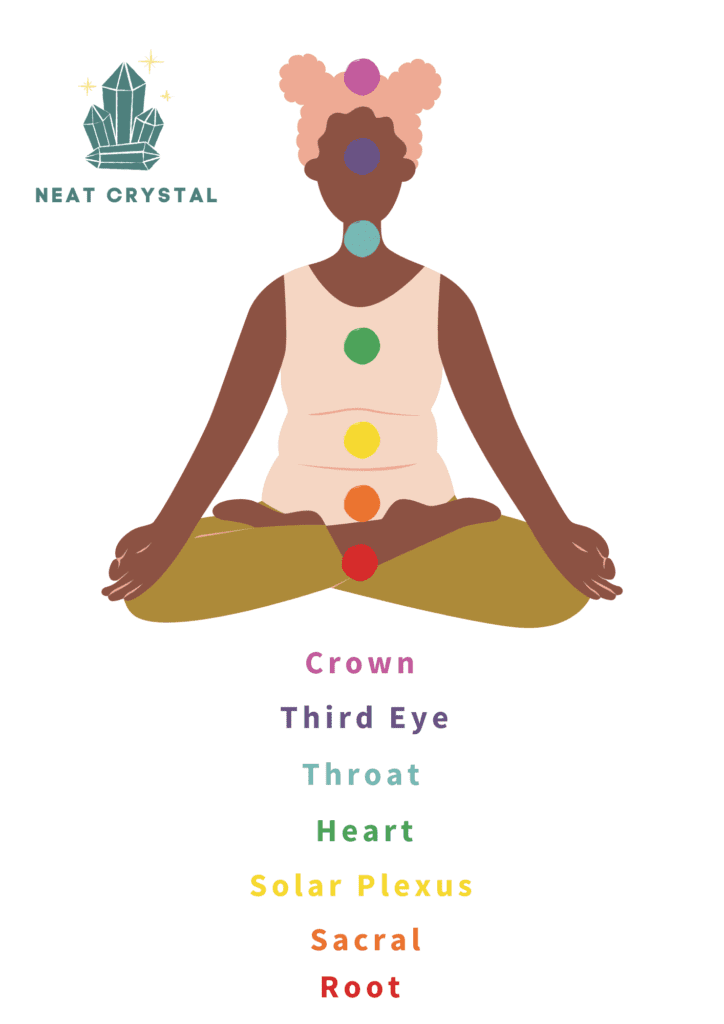
Both stones are related to the throat chakra based on color. The throat chakra is connected to all the other chakras as they can communicate through it. Therefore, the stones are helpful in the alignment of energies in the body.
Ruling Planets
Each crystal is associated with a particular planet, depending on its qualities. Turquoise is governed by Jupiter, the planet that represents growth and abundance. Chrysocolla is ruled by Venus, the planet of beauty, romance, and love.
Zodiac Signs and Birthstone
Turquoise is the traditional (Christian) and mystical (Tibetan) birthstone of December and is therefore beneficial to Sagittarius’ and Capricorns born in that month.
Chrysocolla isn’t a birthstone, but this does not mean it doesn’t have any zodiac associations. As mentioned, it is connected to the planet of Venus, which also rules Taurus and Libra. When we say a planet governs a zodiac sign, it simply means that it has more control over the sign than any other planet.
Turquoise is ruled by Jupiter, which is also the planetary ruler of Sagittarius.




Elements
Crystals draw their energies from specific elements of nature connected to them. The five elements of nature are:
- Earth: represents abundance. Crystals that utilize earth’s energy attract growth and ground our energies.
- Water: signifies power and purity. Water crystals are treasured for their healing and purification abilities.
- Air: the element that we draw inspiration from and represents the mind’s power
- Fire: linked to destruction and rebuilding. Crystals of the fire element protect and stabilize our energies.
- Akasha: the foundation of the other elements.
Both stones utilize energies from the water element, which signifies rebirth. Water is formless yet so powerful.
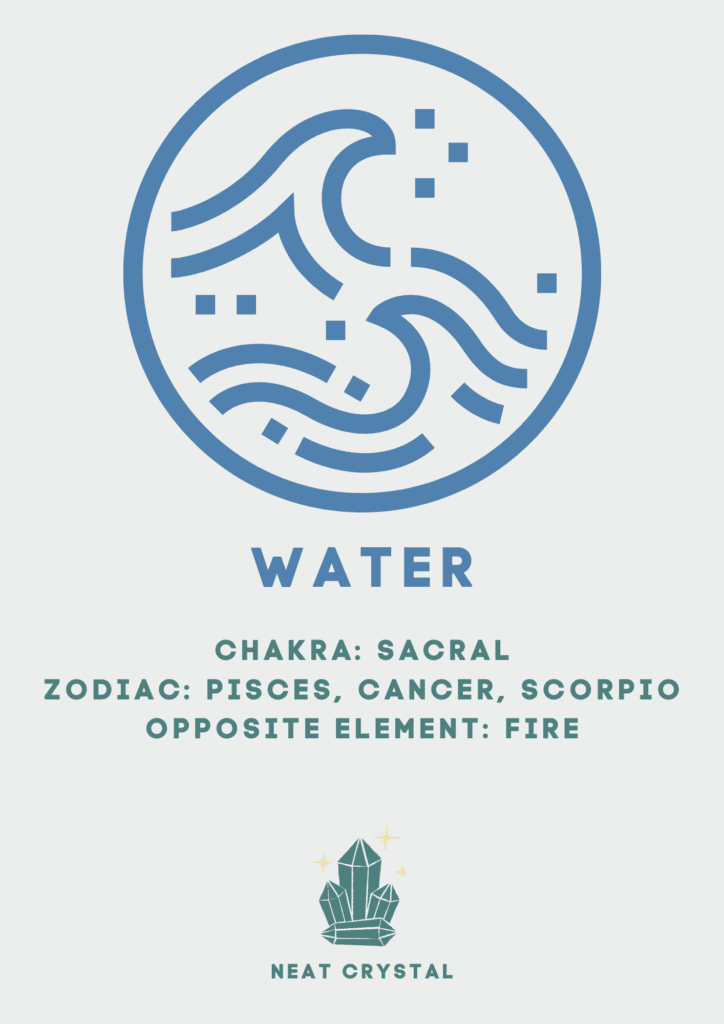
Numerology
Chrysocolla vibrates at five, a number that signifies growth and progression. People under this vibration are forward thinkers and take action when required to step up. People resonating with number five are social and have likable personalities. On the other hand, turquoise vibrates at one, the number that represents independence and birth. People under this number are self-reliant and goal-oriented.
Crystal Combinations
Chrysocolla can be combined with aquamarine for therapeutic purposes. Hematite and chrysocolla enhance the healing properties within the stone. Amethyst and chrysocolla is a good combination for communication and channeling of feminine energies.
Turquoise combined with lapis lazuli and aquamarine is good to unblock and activate the throat chakra. Turquoise can also be paired with moonstone for protection and malachite to cleanse and dispel negative energies. Both stones are equally powerful and versatile to be used with other rocks with similar abilities and vibration frequencies.
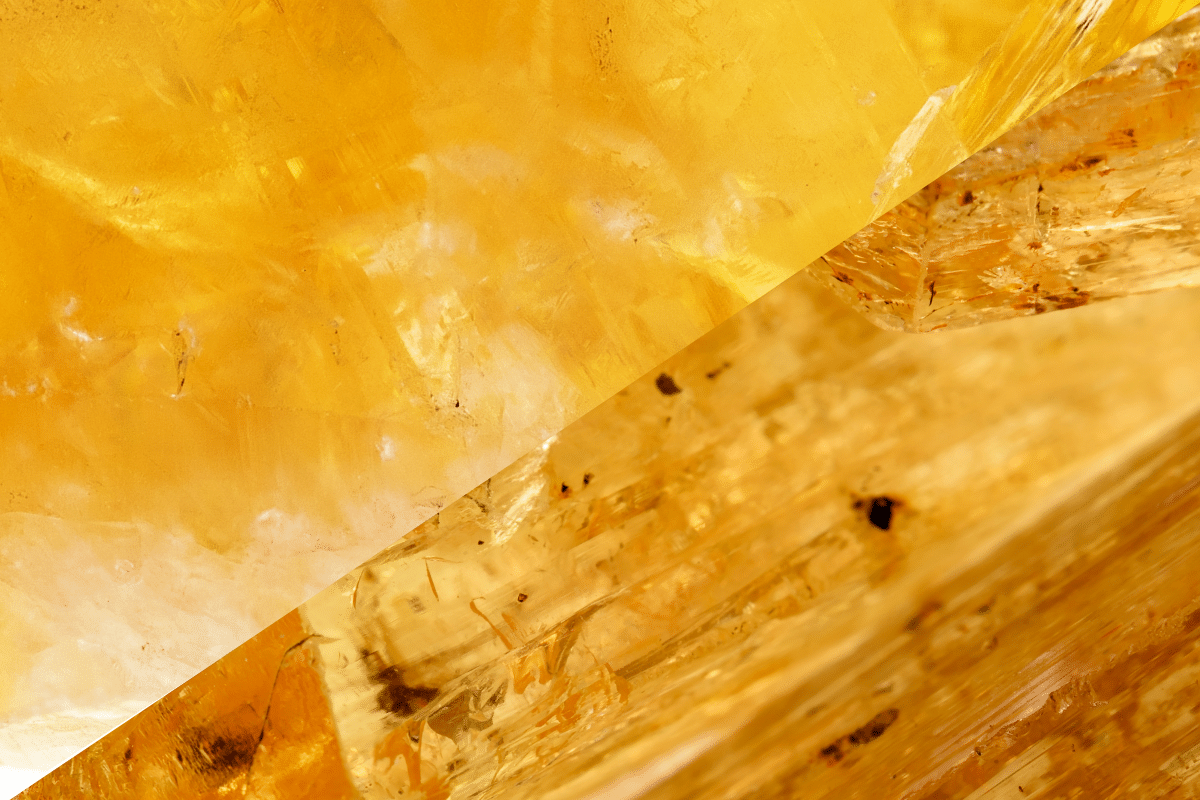

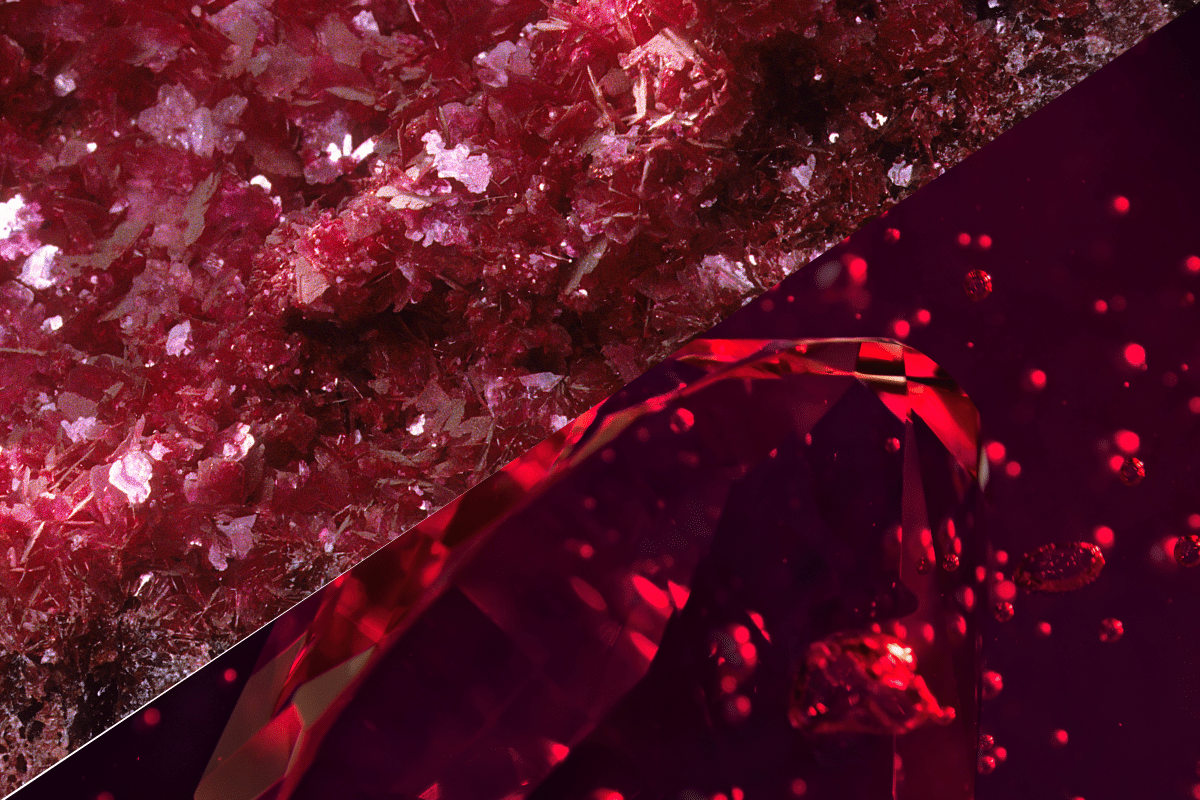



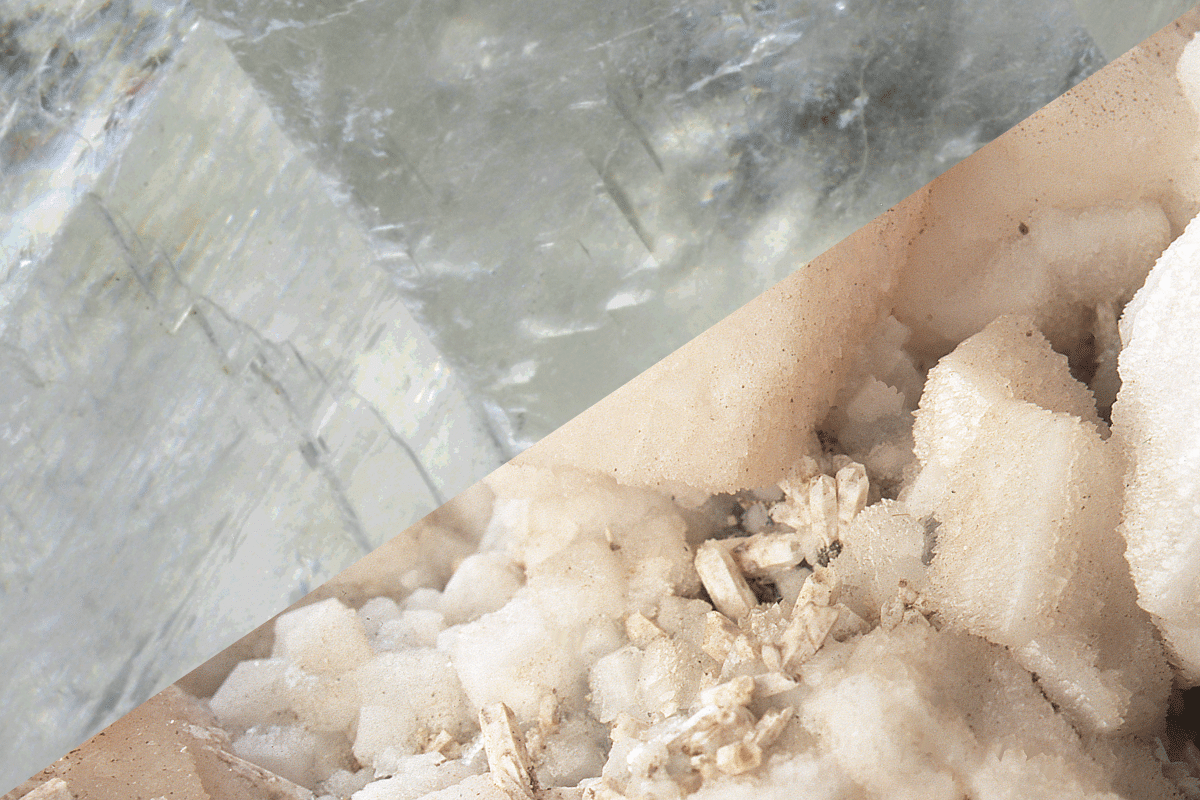
6 Comments